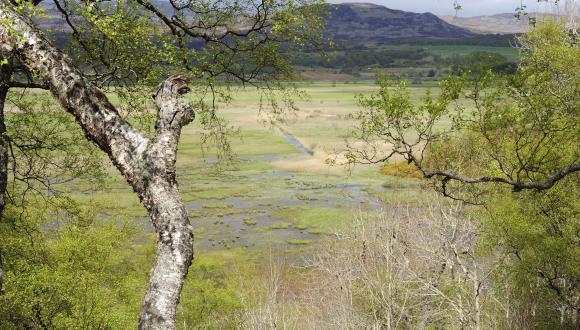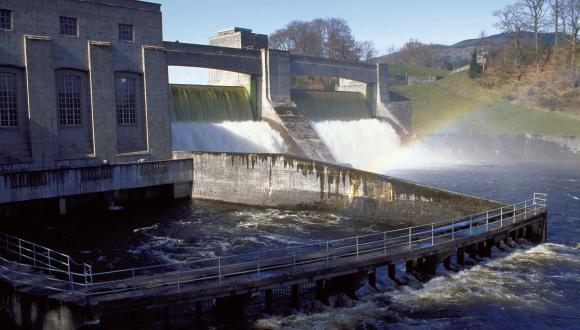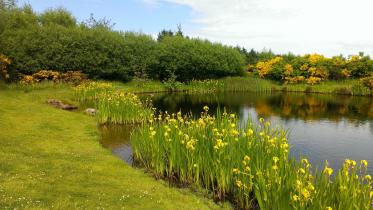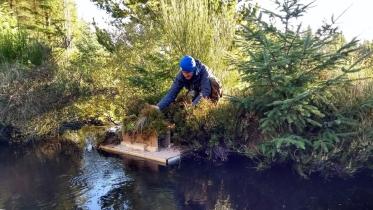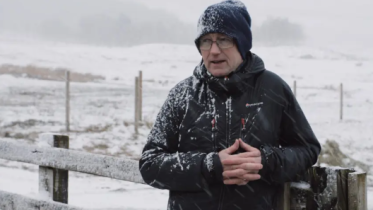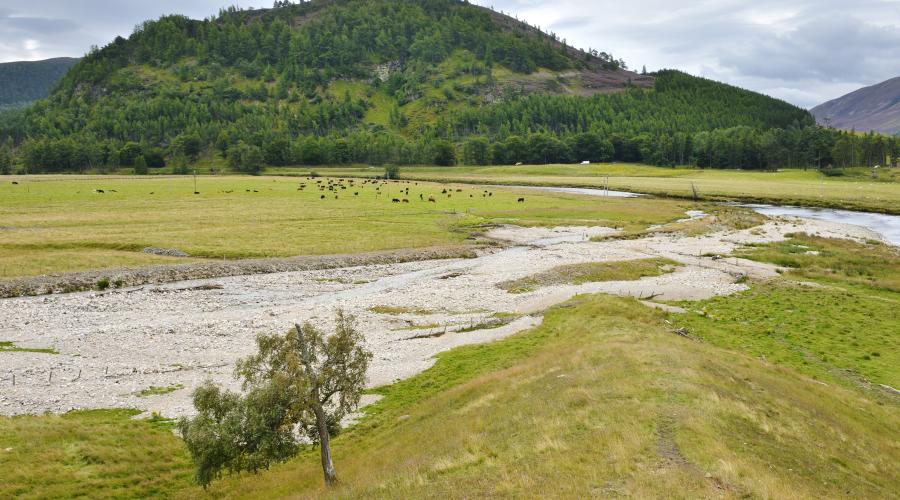
Catchment management
River Basin Management Plans and catchment management initiatives are helping to ensure the sustainable use of Scotland’s water resources.
A catchment is the area of land drained by a river and its tributaries. The catchment area may include hill slopes and floodplains, lochs, forests, agricultural fields and urban areas.
The waters within a catchment:
- closely reflect in their quality and quantity a wide range of natural processes and human activities across the entire catchment
- are connected – an activity leading to poor water quality in one part of the catchment may affect the health of a much wider area
- provide, along with their associated wildlife, a range of benefits – or ‘ecosystem services’ – to society
Catchment water resources provide water supply for:
- many domestic, industrial and agricultural purposes
- raw materials for the food and drink industry
- energy for hydroelectric power generation
- waste disposal
- wild fisheries
- places for tourism, education and enjoyment
It’s vital to understand the nature of the demands and impacts of relevant activities within the upland, lowland and coastal areas of catchments. This knowledge can then be used to sustainably manage these activities.
Water Framework Directive
Read about the Water Framework Directive, which aims to improve and protect the water environment on a catchment scale.
Among other things, the Directive has resulted in the creation of River Basin Management Plans (RBMPs).
Catchment initiatives
As well as RBMPs, there are a number of catchment management initiatives underway in Scotland. These work alongside the RBMPs to try to ensure that a catchment’s water resources are used in a sustainable way.
An example is the Dee Catchment Partnership, a voluntary association for all interested in the sustainable management of the Dee catchment’s waters. The partnership has produced a management plan, covering issues such as flood management, water pollution, river engineering and the impacts of recreation.
The Dee Catchment Partnership Steering Group members have signed up to the plan. Four objectives have been agreed as priorities:
- restoring urban watercourses
- reducing pollution from septic tanks
- reducing diffuse source pollution
- managing flows
These priorities are being addressed through a variety of projects in the catchment.
